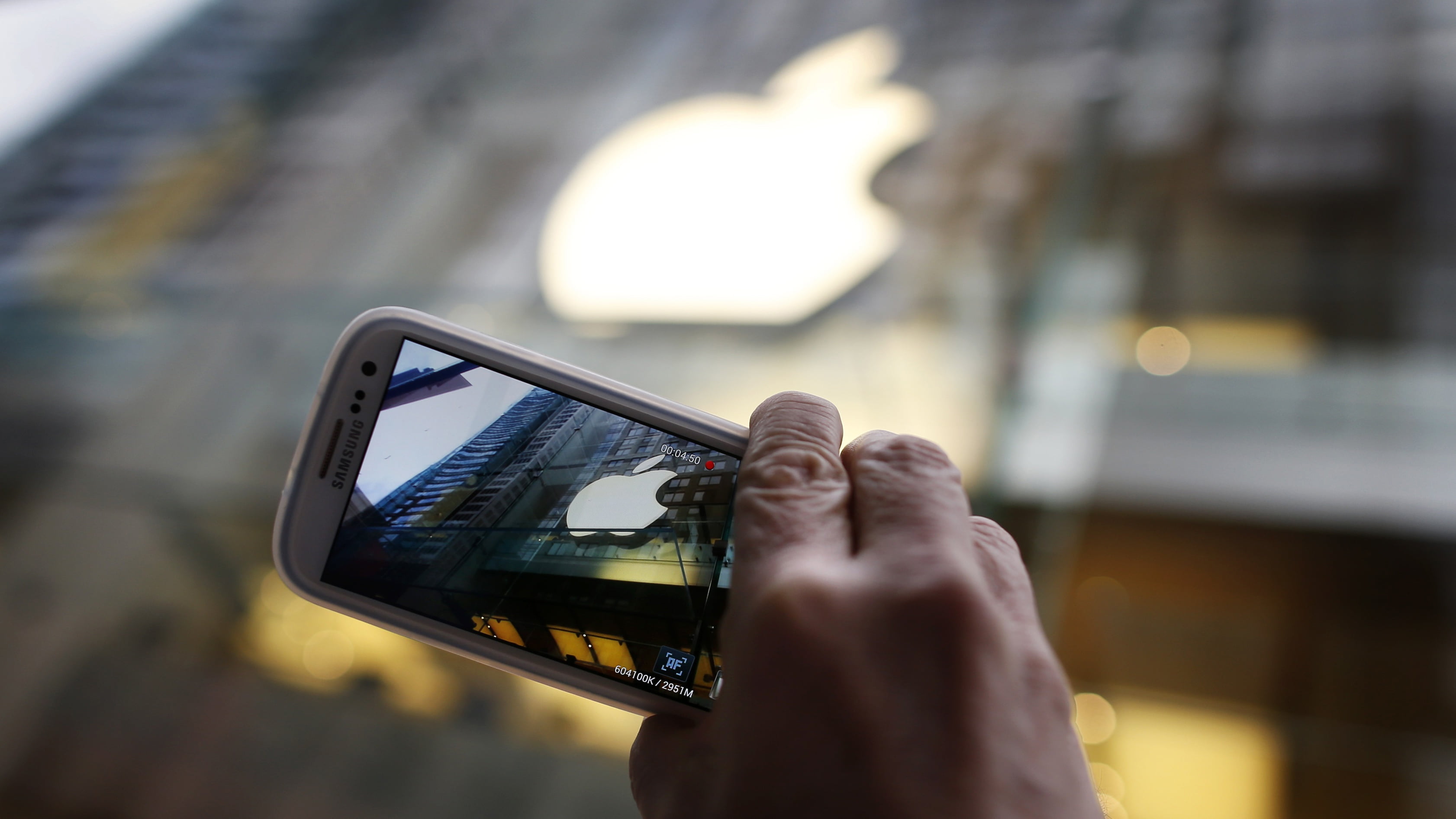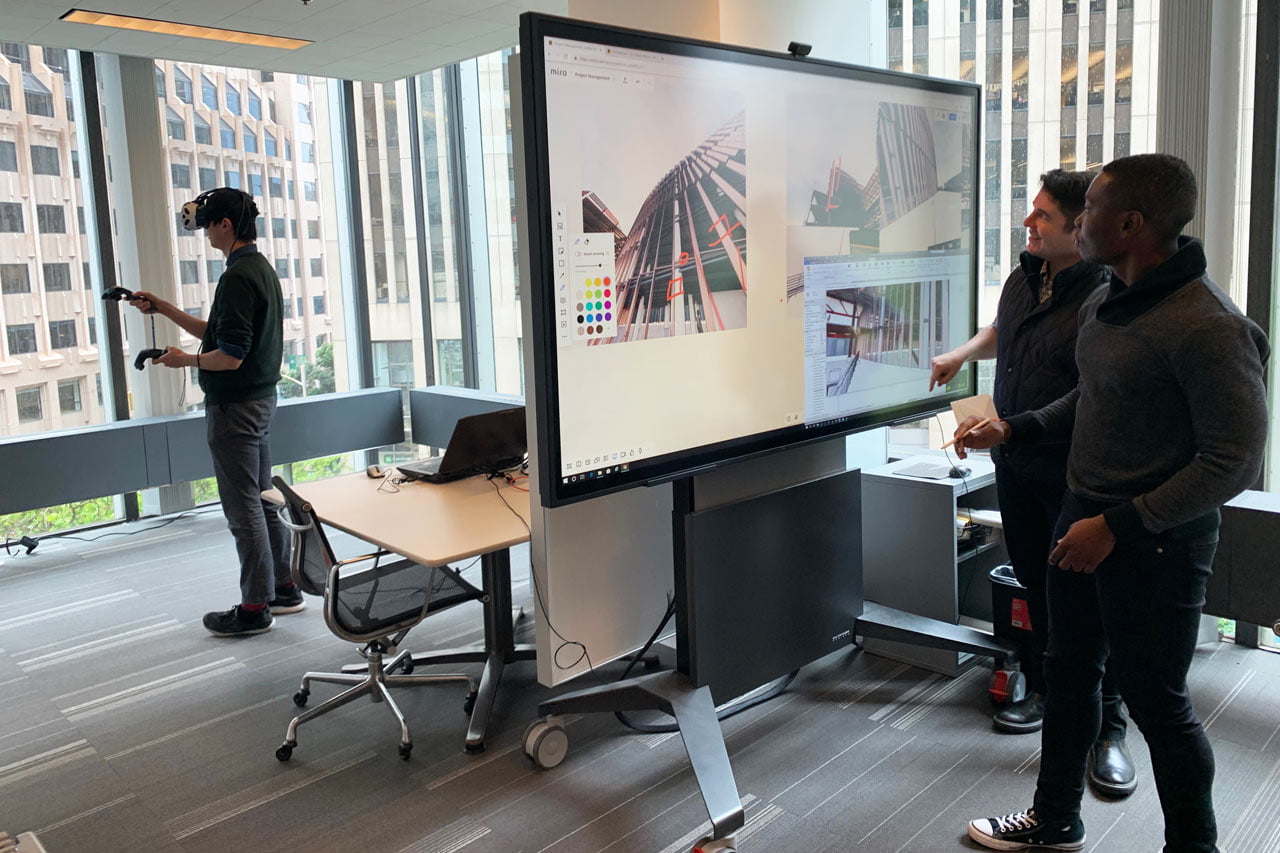

This October, the US Supreme Court is scheduled to take on a case with major implications for designers of all sorts. It centers on how much Samsung should pay Apple for infringing on iPhone design patents. But a broad coalition of designers—including Dieter Rams; Stefan Hans Sielaff, design director at Bentley; Nicolas Ghesquiére, creative director at Louis Vuitton; and many others—argues that the case hinges on how we value design itself.
The legal battle between the two smartphone makers is over how much money Samsung should pay Apple, after a US jury ruled in 2012 that Samsung had infringed on Apple patents and copied the design of the iPhone, specifically the rounded corners of the face, its bezel, and the grid in which icons are arranged. The judgment ordered Samsung to pay Apple $930 million, but on appeal Samsung successfully got the part of the ruling on trademark liability reversed, reducing the amount to $548 million. Samsung believes the amount is still excessive, and wants a cut in the $399 million of that figure attributed to design patents.
But designers are concerned that if the court reduces the damages, it reduces the worth we attribute to design and could encourage copying in fashion and other industries.
On Aug. 4, a group including Ghesquiére, Alexander Wang, Dries Van Noten, Calvin Klein, and others filed an amicus brief (pdf), which is a legal document from non-litigants with an interest in the outcome of a case, lending their weight to Apple’s argument. It begins by quoting the 1887 Congress, which stated that “it is the design that sells the article, and so that makes it possible to realize any profit at all.” The day after, brands including Tiffany & Co., Adidas, and Crocs filed briefs in support of Apple as well, according to WWD (paywall).
Currently the relevant section of US law covering design patents states that the infringer is liable for the total profit made on the infringing product. US courts have typically taken this to mean that the party holding the patent is entitled to all profits attributed to the design, even if the infringement is on just one part of the design. Samsung argues the law goes too far.
In the Aug. 4 brief, Charles Mauro, founder of design firm Mauro New Media, said design is essential to a “consumer’s understanding of what the product does and what the product means.” Appearance is as integral to a product’s identity as what it does. In its brief, Crocs argued that if design is part of the identity of a smartphone, it’s even more the case with a fashion product, since it doesn’t have numerous functions and design is “almost one and the same” with its brand.
Mauro believes if the court rules that design infringement can be apportioned and liability no longer covers all profits, designers lose a major deterrent against copying, removing their incentive to invest time and money in developing new designs. “We would expect to see within a few years a massive influx of copycat products in the US and we will certainly see a diminishing impact of design,” Mauro told WWD.
In theory, designers could become something like involuntary licensees, where the copier could still turn a profit off an infringing product and just pay for the portion that it copied.
Earlier this year, however, a group of tech companies, including Dell, eBay, Facebook, and Google filed their own amicus brief (pdf) backing Samsung, which sees the penalty as excessive. Even if a Samsung phone infringed on 1% of an Apple patent, Apple would be entitled to 100% of the profits. The law could lead to “absurd” results, Samsung says, such as the maker of a shoe that infringes on two separate design patents having to pay more than its total profit.
[Source:- Quartz]




